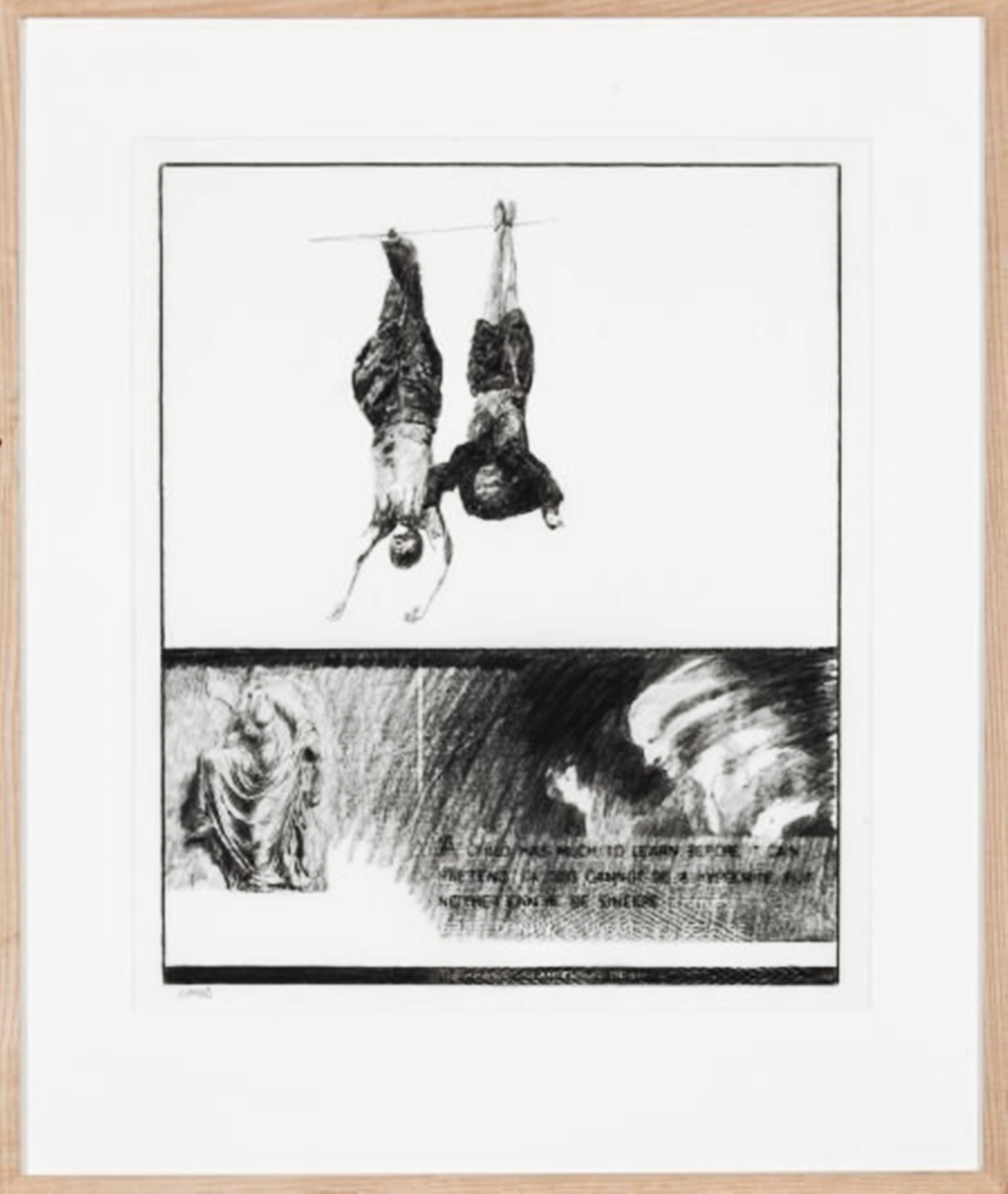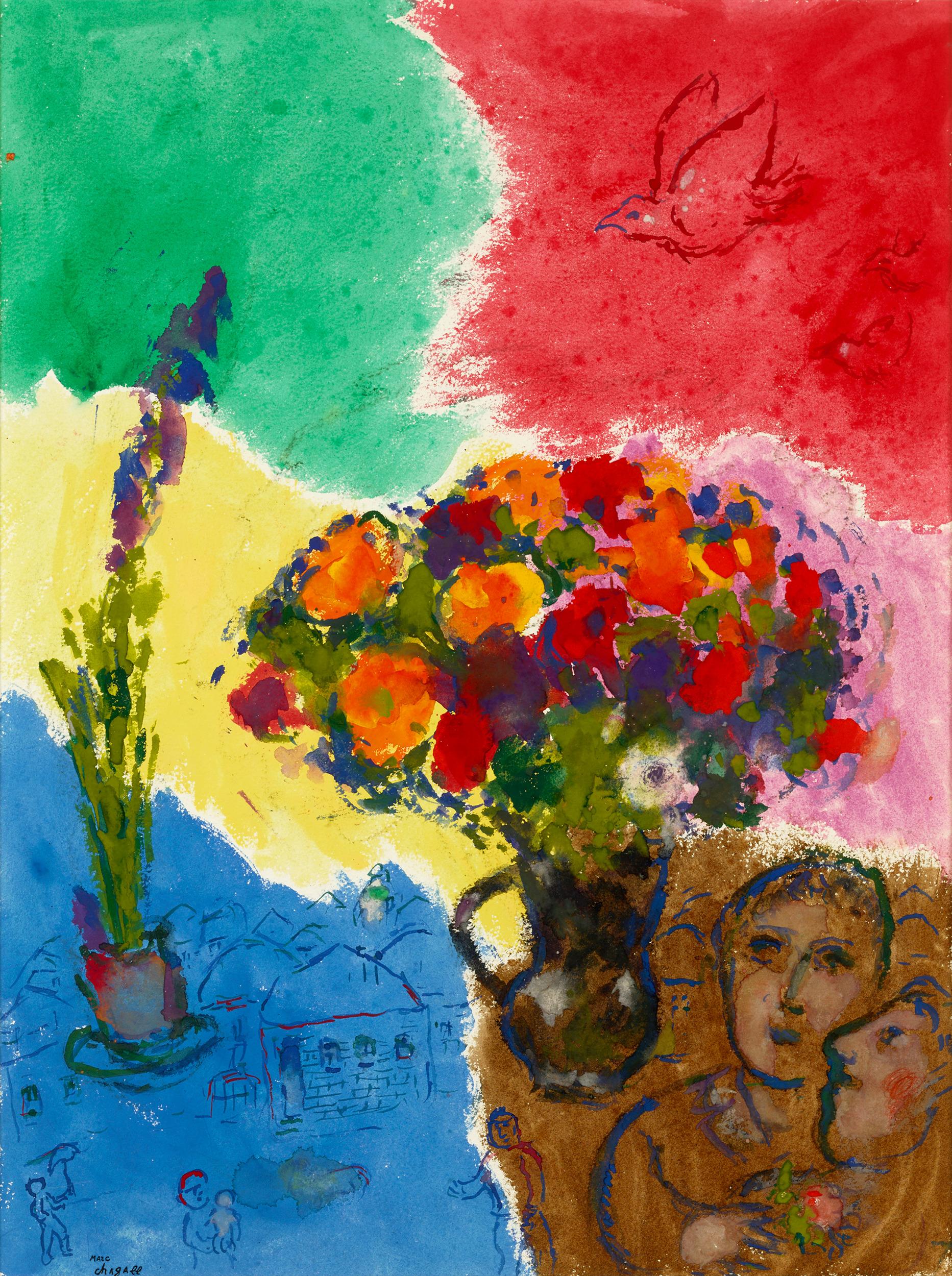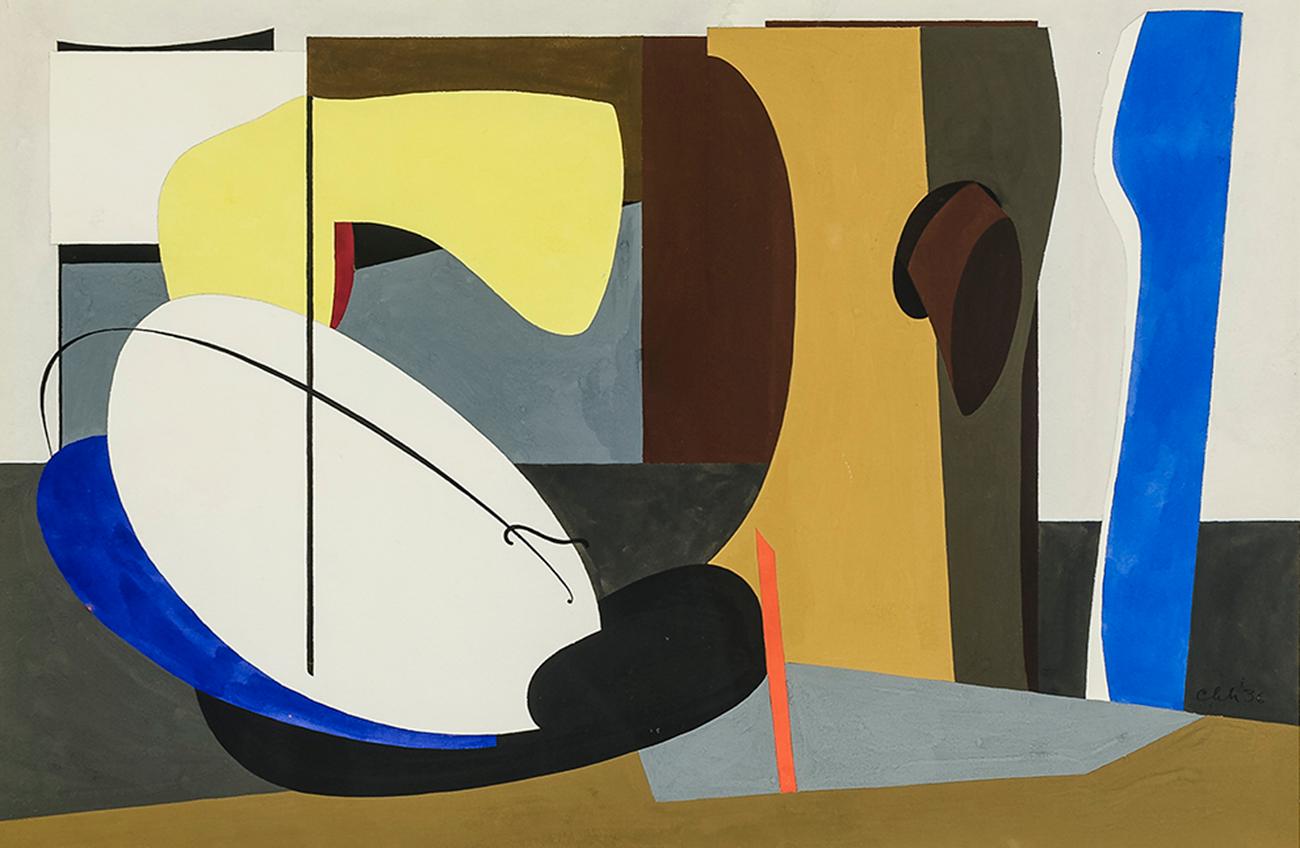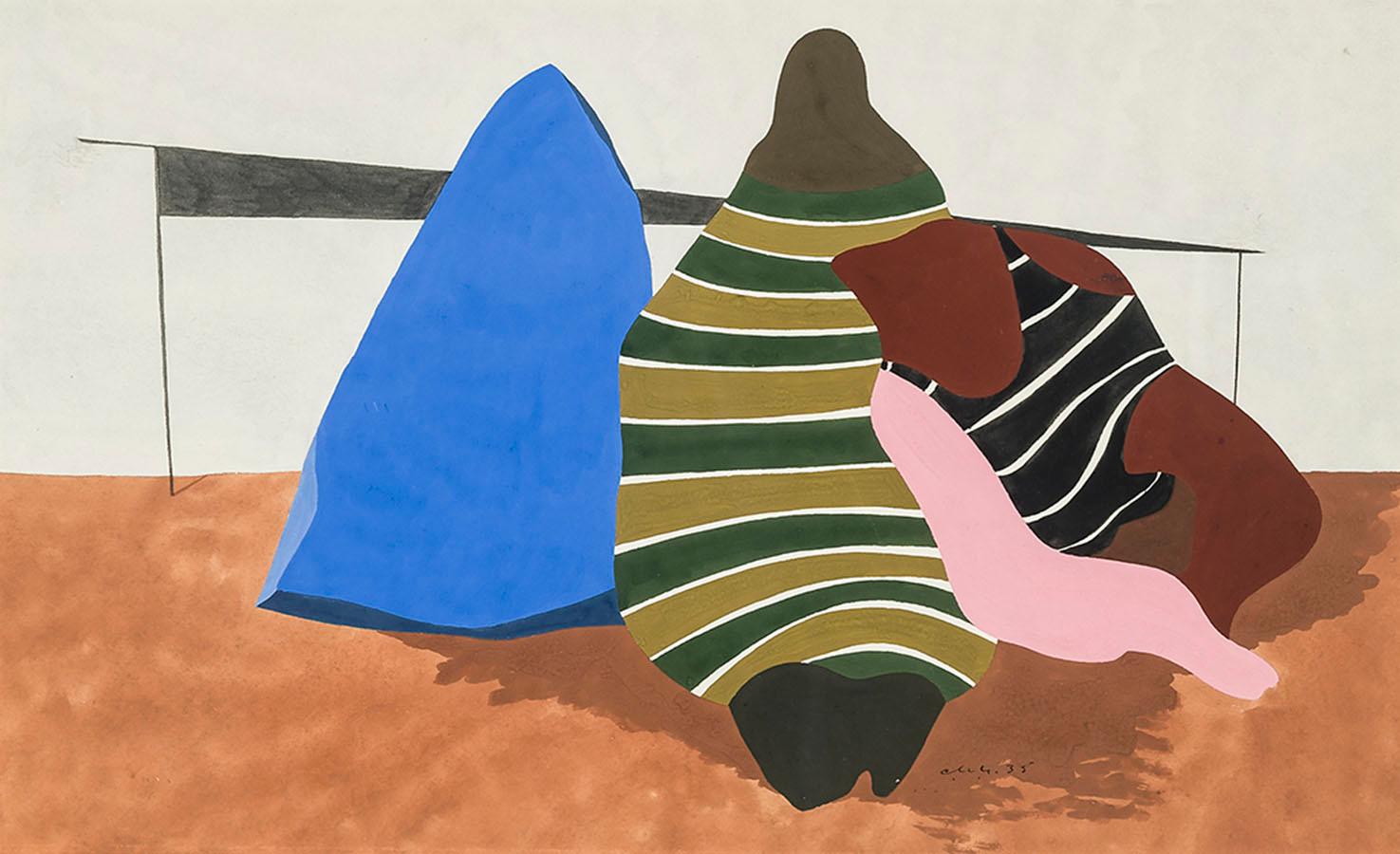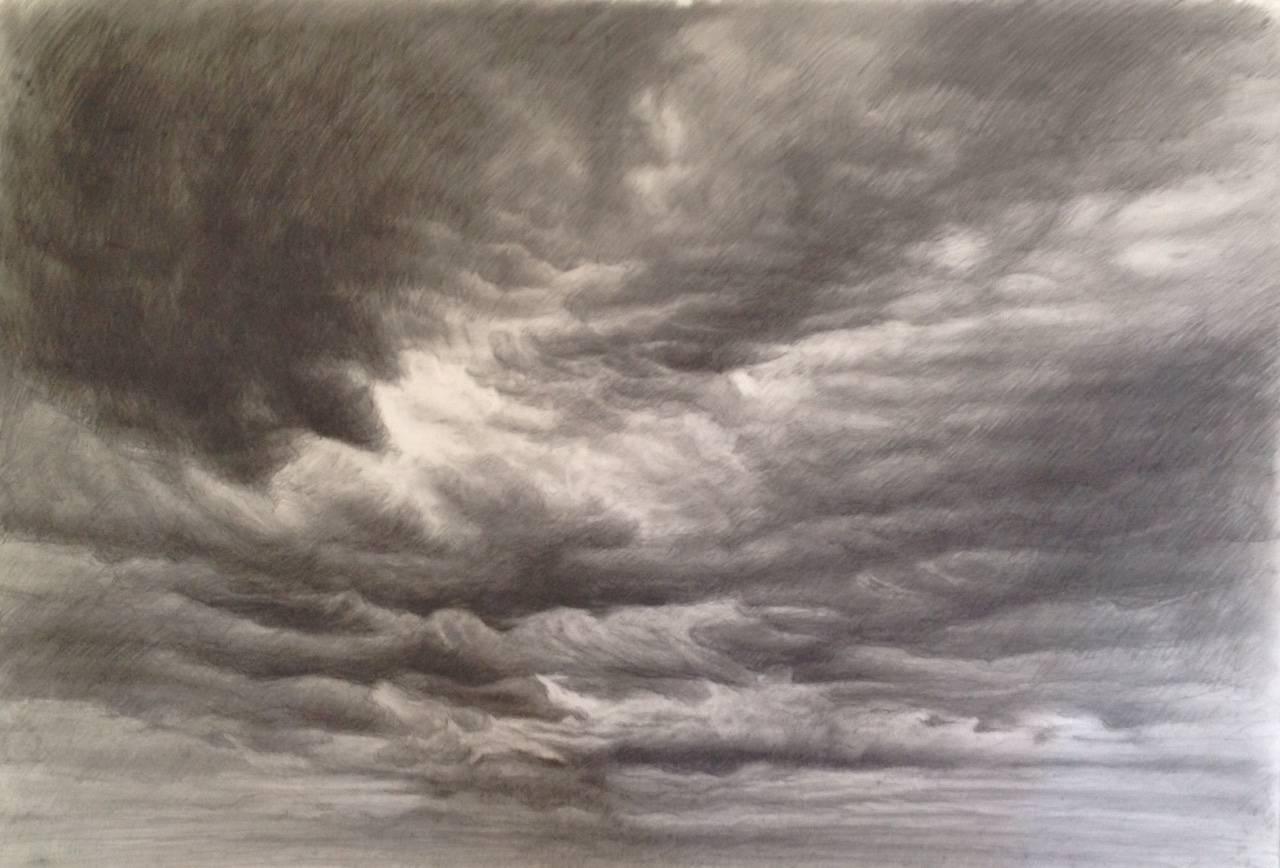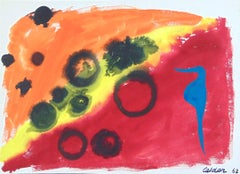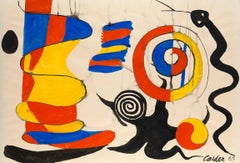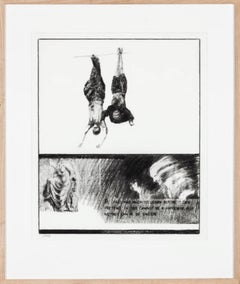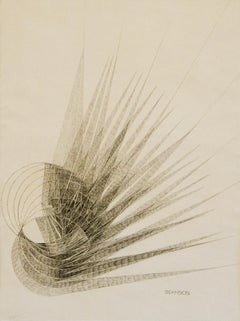
Expansion - Drawing, Pencil, Kinetism, Geometrical, Spikes, Circles, 1930's
View Similar Items
1 of 5
Erika Giovanna KlienExpansion - Drawing, Pencil, Kinetism, Geometrical, Spikes, Circles, 1930's1935
1935
About the Item
You May Also Like
- SeahorseBy Alexander CalderLocated in London, GBALEXANDER CALDER 1898-1976 Lawnton, Pennsylvania 1898 - 1976 New York (American) Title: Seahorse, 1962 Technique: Original Signed and Dated Gouache and Ink on BFK Rives Wove P...Category
1960s Kinetic Abstract Drawings and Watercolors
MaterialsGouache
Price Upon Request - The Yellow Shock Absorber - Gouache American Kinetic Art Post WarBy Alexander CalderLocated in London, GBALEXANDER CALDER 1898-1976 Lawnton, Pennsylvania 1898 - 1976 New York (American) Title: The Yellow Shock Absorber, 1969 Technique: Original Signe...Category
1960s Kinetic Abstract Drawings and Watercolors
MaterialsGouache
- Investigations (with Guggenheim Museum Exhibition Label)By Robert MorrisLocated in New York, NYRobert Morris Investigations (with Guggenheim Museum Labels), 1990 Graphite drawing on Mylar. Framed with the original Guggenheim Museum label (lent by Sonnabend), & Castelli Gallery...Category
1990s Minimalist Abstract Drawings and Watercolors
MaterialsMylar, Graphite
- Les Fleurs Des Amoureux Sur Fond Multicolore By Marc ChagallBy Marc ChagallLocated in New Orleans, LAMarc Chagall 1887-1985 Russian Les fleurs des amoureux sur fond multicolore (Lovers’ flowers on a multicolored background) Stamped with signature “Marc Chagall" (lower left) Gouac...Category
20th Century Post-Impressionist Abstract Drawings and Watercolors
MaterialsPaper, Tempera, Gouache, Pencil
- Two Wood Ducks on a Flowering BranchBy Joseph StellaLocated in New York, NYJoseph Stella was a visionary artist who painted what he saw, an idiosyncratic and individual experience of his time and place. Stella arrived in New York in 1896, part of a wave of Italian immigrants from poverty-stricken Southern Italy. But Stella was not a child of poverty. His father was a notary and respected citizen in Muro Locano, a small town in the southern Appenines. The five Stella brothers were all properly educated in Naples. Stella’s older brother, Antonio, was the first of the family to come to America. Antonio Stella trained as a physician in Italy, and was a successful and respected doctor in the Italian community centered in Greenwich Village. He sponsored and supported his younger brother, Joseph, first sending him to medical school in New York, then to study pharmacology, and then sustaining him through the early days of his artistic career. Antonio Stella specialized in the treatment of tuberculosis and was active in social reform circles. His connections were instrumental in Joseph Stella’s early commissions for illustrations in reform journals. Joseph Stella, from the beginning, was an outsider. He was of the Italian-American community, but did not share its overwhelming poverty and general lack of education. He went back to Italy on several occasions, but was no longer an Italian. His art incorporated many influences. At various times his work echoed the concerns and techniques of the so-called Ashcan School, of New York Dada, of Futurism and, of Cubism, among others. These are all legitimate influences, but Stella never totally committed himself to any group. He was a convivial, but ultimately solitary figure, with a lifelong mistrust of any authority external to his own personal mandate. He was in Europe during the time that Alfred Stieglitz established his 291 Gallery. When Stella returned he joined the international coterie of artists who gathered at the West Side apartment of the art patron Conrad Arensberg. It was here that Stella became close friends with Marcel Duchamp. Stella was nineteen when he arrived in America and studied in the early years of the century at the Art Students League, and with William Merritt Chase, under whose tutelage he received rigorous training as a draftsman. His love of line, and his mastery of its techniques, is apparent early in his career in the illustrations he made for various social reform journals. Stella, whose later work as a colorist is breathtakingly lush, never felt obliged to choose between line and color. He drew throughout his career, and unlike other modernists, whose work evolved inexorably to more and more abstract form, Stella freely reverted to earlier realist modes of representation whenever it suited him. This was because, in fact, his “realist” work was not “true to nature,” but true to Stella’s own unique interpretation. Stella began to draw flowers, vegetables, butterflies, and birds in 1919, after he had finished the Brooklyn Bridge series of paintings, which are probably his best-known works. These drawings of flora and fauna were initially coincidental with his fantastical, nostalgic and spiritual vision of his native Italy which he called Tree of My Life (Mr. and Mrs. Barney A. Ebsworth Foundation and Windsor, Inc., St. Louis, illus. in Barbara Haskell, Joseph Stella, exh. cat. [New York: Whitney Museum of American Art, 1994], p. 111 no. 133). Two Wood Ducks...Category
20th Century American Modern Still-life Drawings and Watercolors
MaterialsColor Pencil
- UntitledBy Charles Houghton HowardLocated in New York, NYCharles Houghton Howard was born in Montclair, New Jersey, the third of five children in a cultured and educated family with roots going back to the Massachusetts Bay colony. His fat...Category
20th Century American Modern Abstract Drawings and Watercolors
MaterialsPaper, Gouache, Graphite


